The welfare of broiler chickens part 1: impact of growth rate


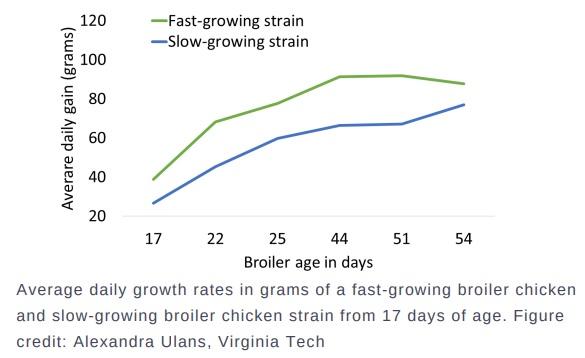
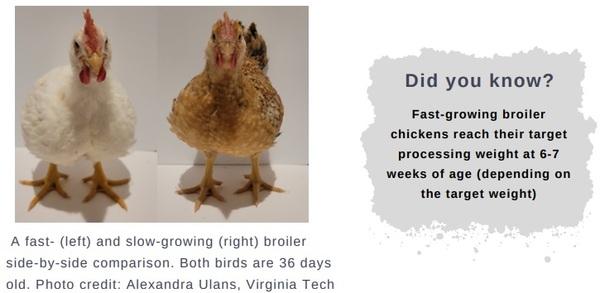
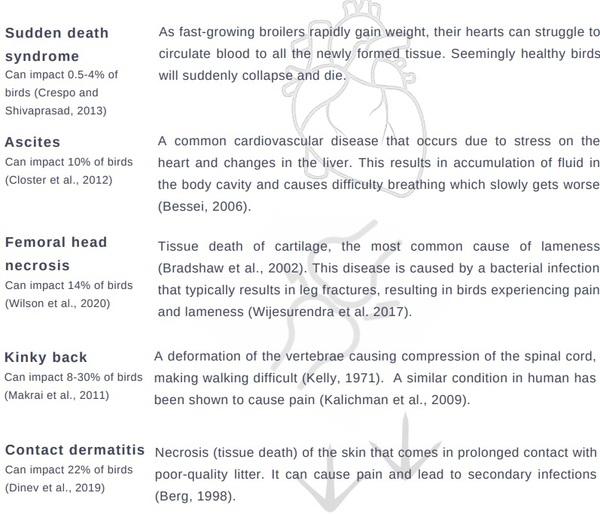
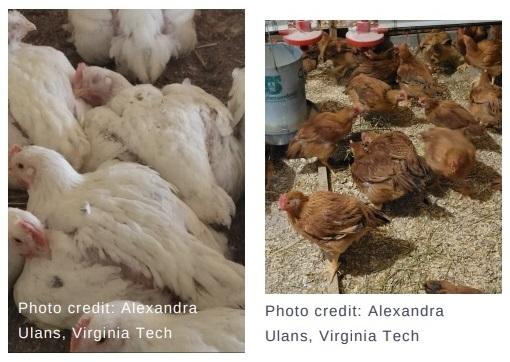
Sources and additional resources
Abeyesinghe, S. M., et al (2021). Associations between behaviour and health outcomes in conventional and slow-growing breeds of broiler chicken. Animal, 15(7). doi:10.1016/j.animal.2021.100261
Alonso, M. E., González-Montaña, J. R., & Lomillos, J. M. (2020). Consumers’ concerns and perceptions of farm animal welfare. Animals, 10(3), 385. https://doi.org/10.3390/ani10030385
Alves, M. C. F., et al (2016). Locomotion of commercial broilers and indigenous chickens. Brazilian Journal of Animal Sciences, 45, 372-379.
Berg, C. (1998). Foot-pad dermatitis in broilers and turkeys. Swedish University of Agricultural Sciences.
Bessei, W. (2006). Welfare of broilers: a review. World’s Poultry Science Journal, 62(03), 455. doi:10.1017/s0043933906001085
Bokkers, E. A. (2004). Behavioural motivations and abilities in broilers. Wageningen University and Research.
Bradshaw, R. H., et al. 2002. “A Review of the Aetiology and Pathology of Leg Weakness in Broilers in Relation to Welfare.” Avian and Poultry Biology Reviews 13: 45–103. doi:10.3184/147020602783698421
Closter, A. M., et al (2012). Genetic correlation between heart ratio and body weight as a function of ascites frequency in broilers split up into sex and health status. Poultry science, 91(3), 556-564.
Crespo, R., & Shivaprasad, H. L. (2013). Developmental, metabolic, and other noninfectious disorders. Diseases of poultry, 1233-1270.
Dinev, I., Denev, S., Vashin, I., Kanakov, D., & Rusenova, N. (2019). Pathomorphological investigations on the prevalence of contact dermatitis lesions in broiler chickens. Journal of Applied Animal Research, 47(1), 129-134.
ELANCO. (2016). The Sustainability Impacts of Slow-Growing Broiler Production in the US.
G.A.P. (2016). Our Commitment to Improving Bird Welfare with 100% Slower-Growing Chicken Breeds.
Hartcher, K. M., & Lum, H. K. (2020). Genetic selection of broilers and welfare consequences: a review. World’s Poultry Science Journal, 76(1), 154–167. doi:10.1080/00439339.2019.1680025
Kalichman, L., et al (2009). Spondylolysis and spondylolisthesis: prevalence and association with low back pain in the adult community-based population. Spine, 34(2), 199.
Kelly, W. R. (1971). Occurrence of spondylolisthesis (kinky-back) in broiler chickens in South Australia. Austral. Vet. Journal.
Makrai, L., et al. (2011). Association of Enterococcus cecorum with vertebral osteomyelitis and spondylolisthesis in broiler parent chicks. Acta Veterinaria Hungarica, 59(1), 11-21.
National Chicken Council (NCC). (2016). The sustainability impacts of slow-growing broiler production in the US.
Rayner, A. C., et al (2020). Slow-growing broilers are healthier and express more behavioural indicators of positive welfare. Scientific Reports, 10, 15151. doi:10.1038/s41598-020-72198-x
Weimer, S. L., et al (2020). Differences in performance, body conformation, and welfare of conventional and slow-growing broiler chickens raised at 2 stocking densities. Poultry Science, 99(9), 4398-4407.
Wideman, R. F., et al. (2013) Susceptibility of 4 Commercial Broiler Crosses to Lameness Attributable to Bacterial Chondronecrosis with Osteomyelitis. Poultry Science 92: 2311–2325.
Wijesurendra, D. S., et al (2017) Pathological and Microbiological Investigations into Cases of Bacterial Chondronecrosis and Osteomyelitis in Broiler Poultry. Avian Pathology 46 (6): 683–694.
Wilson, F. D., et al (2020). A Field Study of Histologic and Bacteriologic Characterization of Femoral Head Separation and Femoral Head Necrosis. Avian Diseases, 64(4), 571-581.

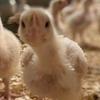










.jpg&w=3840&q=75)